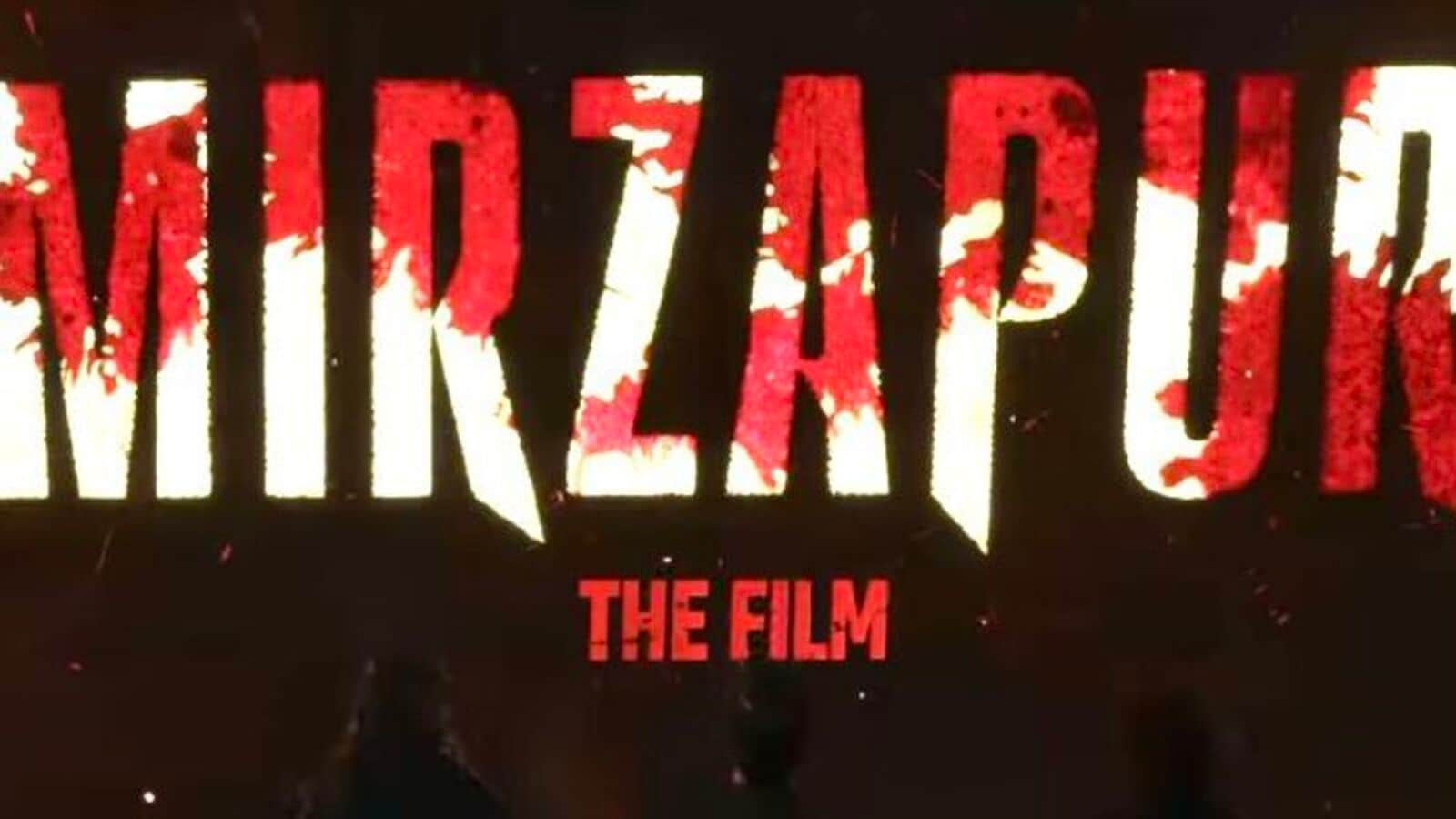Industry experts say there is sure to be an audience overlap in such cases, as has been proven by the model that has frequently been adopted in Hollywood for franchises such as Star Wars and Avengers to extend the longevity of a brand.
“Extending a franchise from the big screen to OTT or vice versa allows for a richer, more detailed narrative experience. Streaming platforms provide the chance to delve deeper into characters’ motivations and backstories, creating a more immersive connection with the audience,” said Manish Menghani, director, content licensing, Prime Video, India. “Audiences get the best of both worlds: the cinematic scale they love and the rich storytelling depth that a series format provides.”
The Indian Police Force marked an expansion of Rohit Shetty’s cop universe into streaming, where fans could enjoy the action and storytelling known of in cinemas but with added layers and character depth that only long-form storytelling can provide, Menghani said. IPF became the most binge-watched first season of an Indian original on Prime Video in the first week of its launch.
Likewise, Mirzapur has achieved pan-Indian fame, with the third season having been watched by Prime Video viewers in over 180 countries and across 98% of India’s pin codes on the launch weekend, featuring in the Top 10 Trending list on Prime Video in over 85 countries.
“We have not only commenced development of the fourth season but also felt that expanding the franchise into theatres with a film would be a thrilling cinematic experience for fans, giving them a chance to delve deeper into the world and characters of Mirzapur,” Meghani said.
The shift from streaming to the big screen allows creators to build richer, more captivating narratives for audiences. “Adapting successful OTT series into films gives producers the chance to dive deeper into narratives while tapping into loyal fanbases hungry for cinematic experiences,” said Shruti Deora, senior vice-president of digital agency White Rivers Media.
The core idea behind cross-platform franchise expansion is to create a more immersive, accessible world for audiences, said Bhavesh Joshi, founder and CEO of MovieMe, a content discovery app. “Moving a beloved franchise from big screen to small screen, or vice versa, allows fans to engage with familiar characters and storylines in fresh ways. With OTT platforms, creators can dive deeper into character backstories and offer subplots that the original format couldn’t cover. It’s a way of extending the franchise’s lifespan and enriching the fan experience,” Joshi said.
As for the target audience, while there’s a strong focus on retaining the core fanbase, cross-platform formats also allow franchises to attract new viewers, especially those who may not frequent cinemas but are highly engaged on streaming platforms, he said.
The model of cross-platform franchise expansion is heavily influenced by the Hollywood franchise approach, and some key examples in this category include Marvel, Star Wars, and The Lord of the Rings, according to Sameer Jain, managing director, Primus Partners, a management consultancy firm.
“This transmedia storytelling model has proven effective in engaging audiences across multiple formats, including films, TV shows, animated series, comics, and video games. In India, this model has great potential due to the rapid growth of OTT platforms and the changing content consumption habits of Indian audiences. With platforms like Netflix, Amazon Prime Video, and Disney+ Hotstar gaining traction, especially among younger, digitally savvy viewers, there is a significant appetite for larger-than-life narratives and interconnected stories,” Jain added.
To be sure, entertainment industry experts point out that in such cases, the core IP of a franchise remains with the original creators or the production company that owns the rights, such as the production house, director, or writer. To expand the franchise’s reach, IP owners enter into licensing or distribution agreements with streaming services, theatrical distributors, or other platforms. This ensures that while the original creators retain control over the core rights, the platform or distributor pays for the rights to distribute and broadcast the content, allowing the franchise to reach broader audiences.
The financial benefits from these arrangements are shared through a combination of upfront licensing fees, revenue-sharing agreements, and performance-based payouts. OTT platforms may pay a fixed fee for streaming rights, along with bonuses based on the content’s performance in terms of viewership and engagement. For theatrical adaptations of OTT content, the revenue can be typically split between the production house, distributors, and the studio.
“The whole idea is to keep the story going and give fans more ways to connect with the characters and plotlines they love. When a movie becomes a series (or the other way around), it taps into different viewing experiences—the big-screen excitement versus the convenience of streaming at home,” said Sahil Chopra, founder and CEO of marketing agency iCubesWire. “For creators, it’s a win-win: they get to keep their audience engaged with fresh content, and maybe even bring in new fans.”










